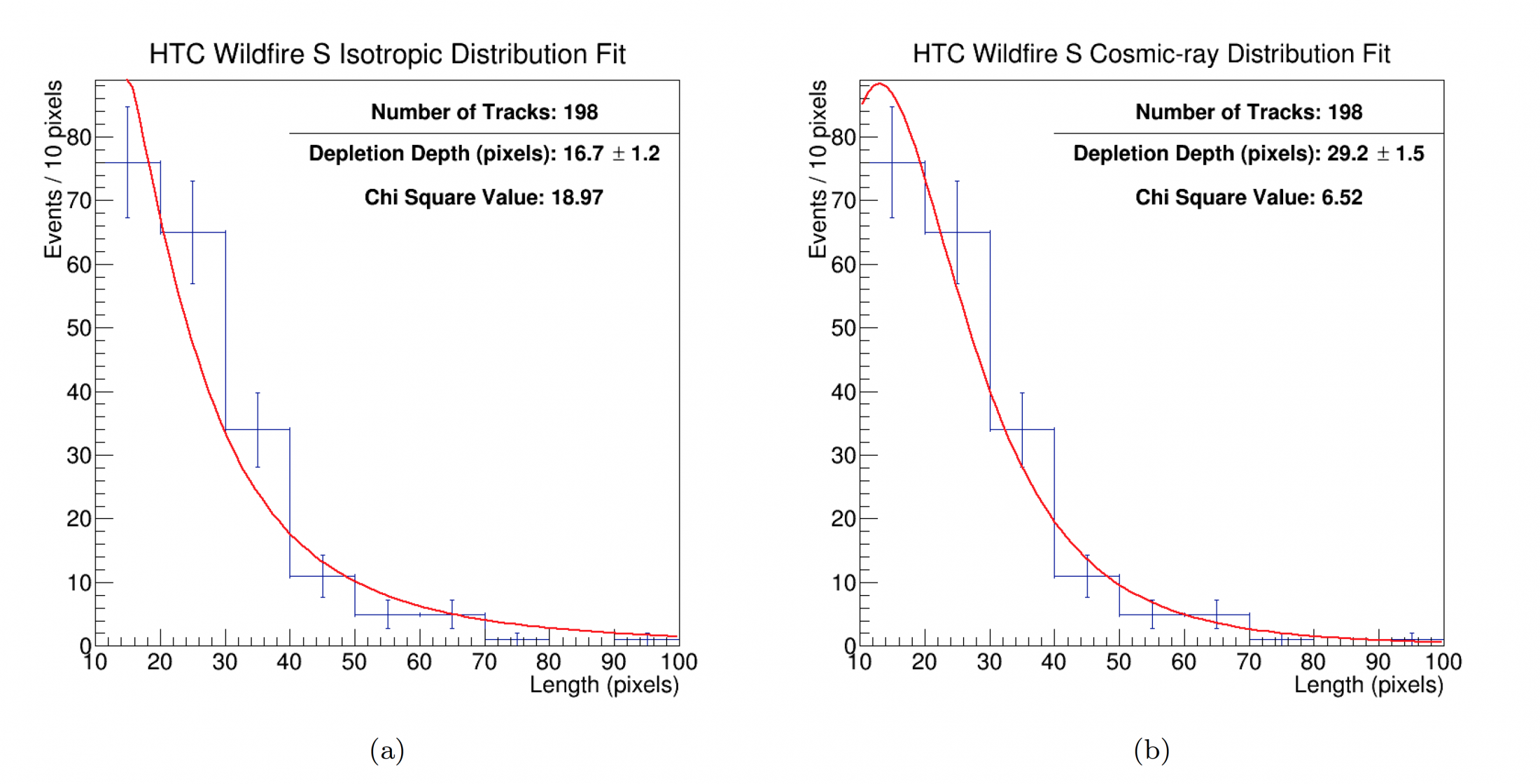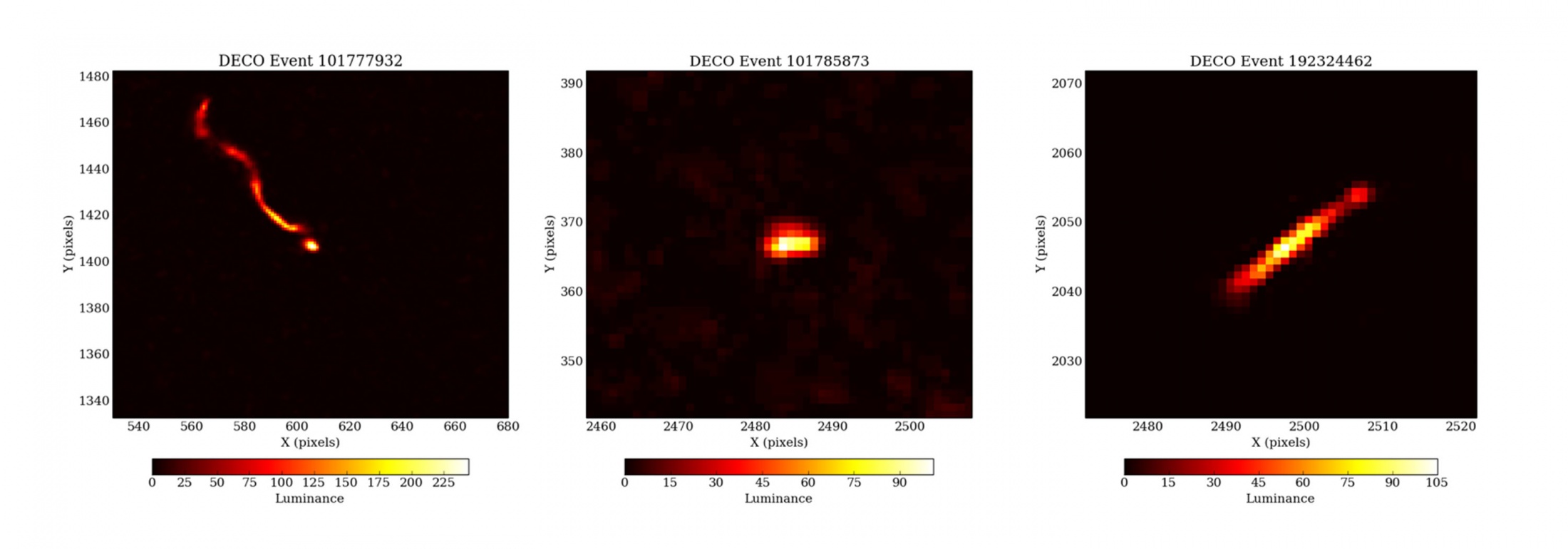If learning that you can turn your smart phone into a cosmic-ray telescope was astonishing, you will be now stunned to read how you can use cosmic particles to peek into your phone and measure one of its components.
While many of the properties of your phone are known, phone manufacturers always keep some secrets. One of them is the thickness of the image sensor of the camera. It may look like a not-so-important feature, but it happens to be an essential one if you want to use your phone as a telescope, i.e., if you want to learn about the direction of the cosmic particles reaching your phone.
DECO is an app that uses the cell phone camera to detect the passage of particles such as muons created in the interaction of cosmic rays in the Earth’s atmosphere. And as soon as you have several phones taking data and sharing them, the app enables a distributed observatory. However, working with phones instead of with a detector designed by physicists has some drawbacks. “One disadvantage of using commercial devices as detectors is that we don’t control or even know some of their characteristics—and manufacturers typically don’t advertise some technical details, such as the depletion thickness,” explains Justin Vandenbroucke, an assistant professor of physics at UW–Madison and PI of the DECO project. “Usually we think of using detectors to measure particles, but in this case we’re using particles to measure the detector,” adds Vandenbroucke.

DECO physicists envisioned this project as a way to bring science closer to learners of all ages and empower them to become scientists. Using only a phone and a computer, they can experience all the activities that define the everyday work of a researcher: preparing your detector, taking data and analyzing your data.
And as the popular idiom says, the more the merrier: more DECO users translates into more data and more opportunities to learn something new.
The user base has been steadily growing, both in the total number of users and in the number of locations around the world. At the same time, the DECO team has been developing new tools that will allow this community to use DECO data to explore nature. The new results presented today proved that DECO users can measure the thickness of the image sensor for each phone using the cosmic rays that they detect.
Cosmic rays are known to reach Earth from every direction. However, the atmosphere shields life on Earth from these high-energy particles, mainly protons, which could otherwise be harmful. When a cosmic ray interacts with the atmosphere, it produces a shower of secondary particles that will eventually be absorbed. At sea level, mostly muons and neutrinos survive. While neutrinos will continue their travel without leaving a trace, the muon flux can be easily observed with various detectors, such as the camera of a cell phone.
Cosmic rays were discovered more than a hundred years ago and although they still keep some secrets, such as where and how they are produced, by now we know some of their properties in detail. For example, we know that every minute one cosmic-ray muon will reach every square centimeter of Earth’s surface, with a mean energy of about 4 GeV. And we also know about their zenith distribution, which is how the rate varies with their incoming direction.

Using this information and the images of cosmic-ray muons on DECO devices, scientists were able to measure the thickness of the phone’s camera sensor. Muons are easy to identify among other particles seen by DECO phones, since they travel in a straight line crossing the image sensor and leave a nice track, like the one shown in the image above.
“In principle, you can reconstruct the arrival directions of muons from a particular phone if you know the thickness of the sensor’s depletion region. This could open the door for DECO users to perform more detailed analyses in the future,” says Matt Meehan, a graduate student at UW–Madison and a main contributor to the results presented in this paper.
+ info “Measurement of camera image sensor depletion thickness with cosmic rays,” J. Vandenbroucke et al. Journal of Instrumentation 11 (2016) P04019, iopscience.iop.org, arxiv.org/abs/1511.00660
+ info Visit the DECO page and become a DECO user. Here you can look at your data, and data by other users, and start planning your research about cosmic rays!
